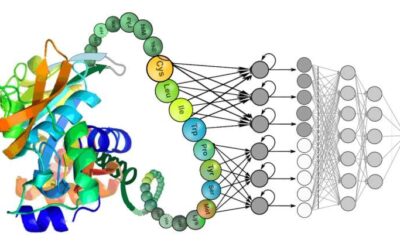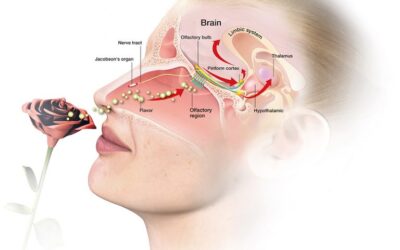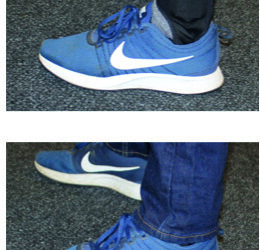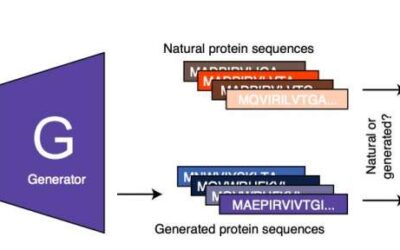Deep learning–based language models, such as BERT, T5, XLNet and GPT, are promising for analyzing speech and texts. In recent years, however, they have also been applied in the fields of biomedicine and biotechnology to study genetic codes and proteins.
Biology
Identifying Ways to Make the BEST Program Even Better – Professor Stephanie Wengert Watts, Michigan State University
Broadening Experiences in Scientific Training – or ‘BEST’ – is a program that aims to help biomedical students to explore and pursue expanded career options beyond traditional academic positions. While the program has been in place for a few years, the views of...
Profiting from Disinformation: The Case of Genetically Modified Organisms
As people are now spending a substantial amount of time online, traditional businesses and other vendors try to attract new customers by gaining traction on social media platforms, capturing the attention of users in a variety of ways. This is often achieved by...
Dr Bettina Pause – More than Just Words: The Chemical Communication of Social Information
As humans, we communicate our emotions to others in several different ways, including touch, motion, facial expression, and of course, speech. We can also communicate social information through chemosensory signals. Dr Bettina Pause, a professor at...
Dr Fay B Horak – Wearable Technology to Detect Risk of Falling and Frailty
Accidental falls are one of the leading causes of injuries and accidental death for the elderly, and the risk of falling increases significantly in those with neurological disorders or frailty. Dr Fay B Horak and her colleagues at Oregon Health & Science...
FARAD: Reducing Chemical Residues in Animal Products
Residues of drugs, pesticides and other chemical substances can reduce the safety of animal-derived foods, adversely affecting the health and confidence of consumers. To address this pressing issue, scientists at several US universities founded the Food Animal Residue...
ProteinGAN: A generative adversarial network that generates functional protein sequences
Proteins are large, highly complex and naturally occurring molecules can be found in all living organisms. These unique substances, which consist of amino acids joined together by peptide bonds to form long chains, can have a variety of functions and properties.







